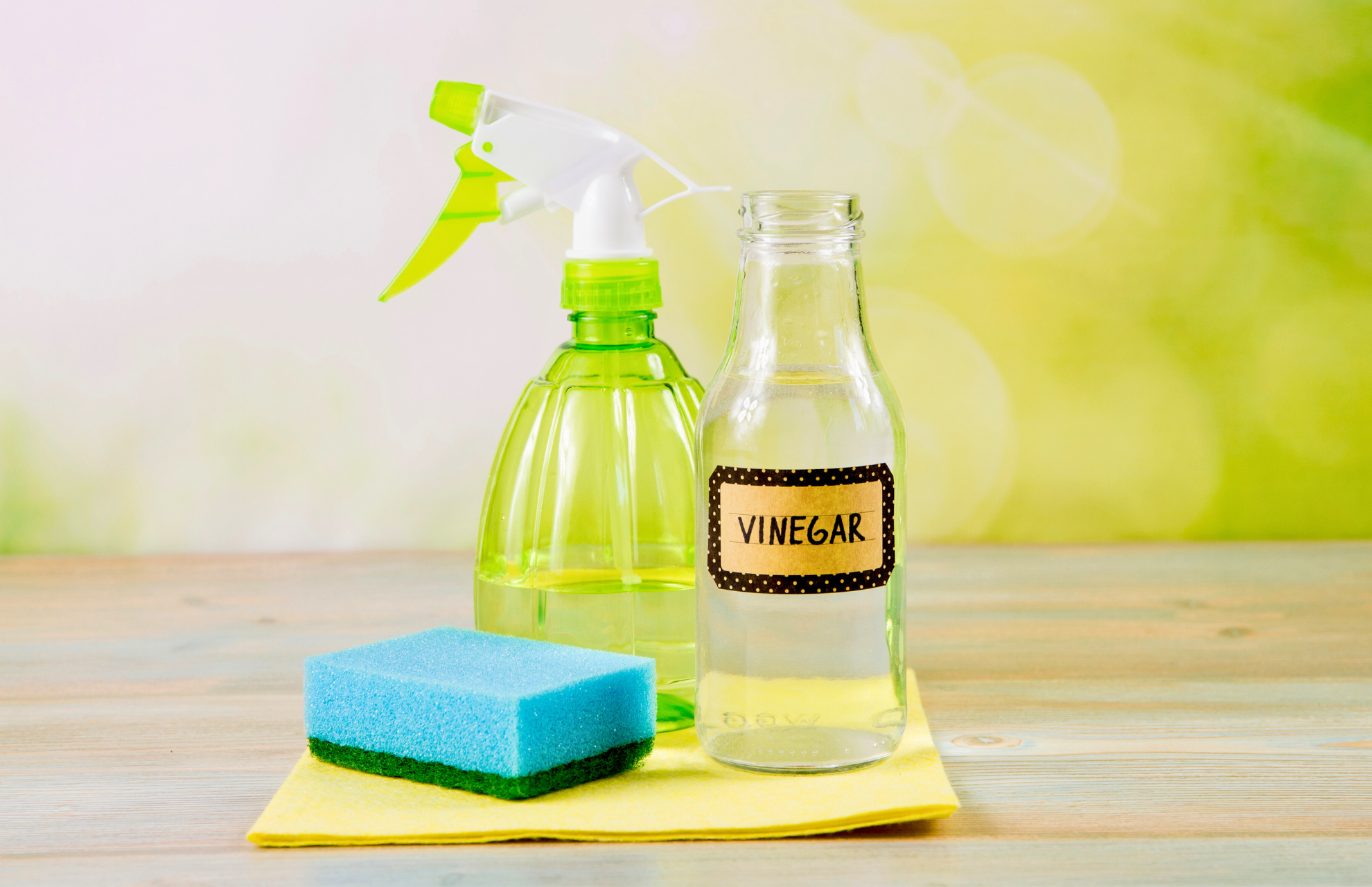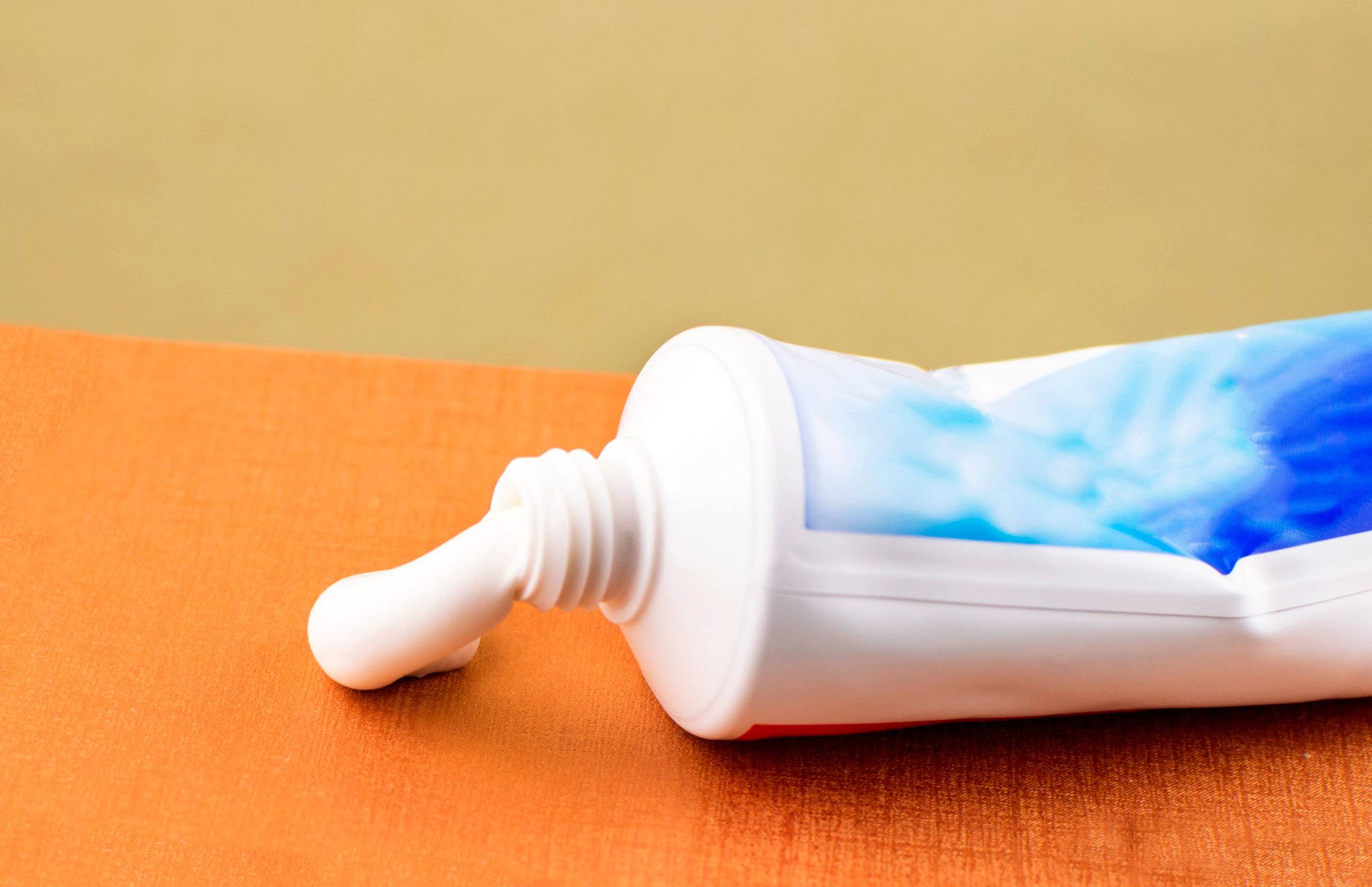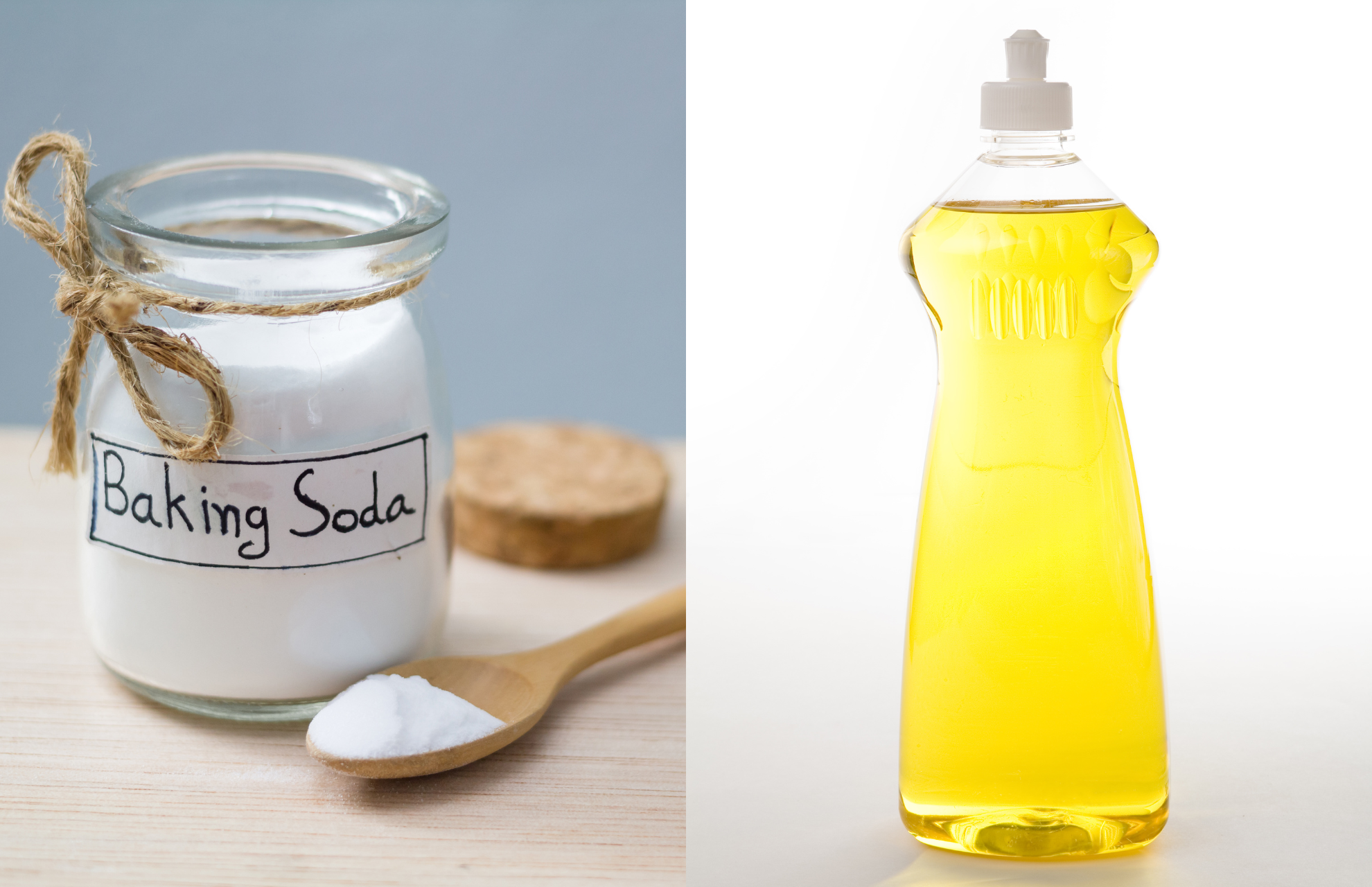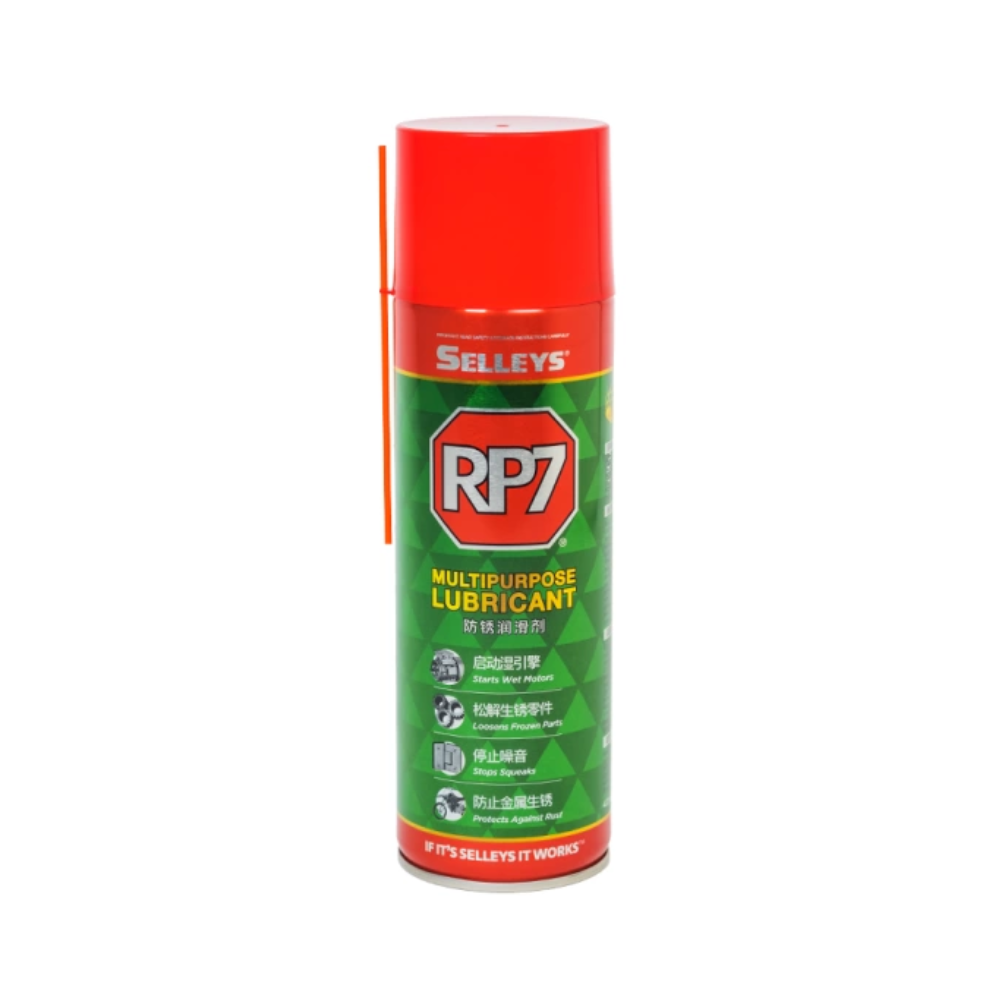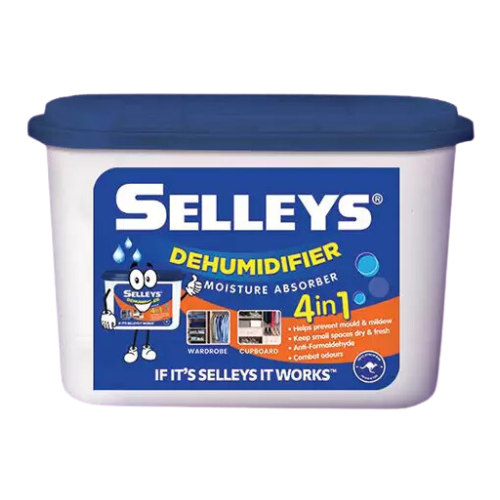Rust, or iron oxide, is a reddish-brown substance that forms due to a chemical reaction between oxygen and iron. When metal objects on tiled surfaces such as floors, walls or countertops come into contact with water for extended periods, rust stains can develop.
These stains are particularly noticeable on light-coloured tiles and can make the space look dirty and unsightly. Over time, the rust can cause cracks to develop on your tiles.
This article provides 7 effective solutions for removing rust stains from tiles and offers tips on preventing them from occurring in the future. Additionally, it addresses frequently asked questions (FAQs) about removing rust stains from tiles. Read on!
Table of Contents
Methods For Removing Rust Stains From Tiles
If you’re tired of staring at those unsightly rust stains on your beautiful tiles, here are some methods to help you get rid of them!
Tip!
Before you try these solutions out, remember to test the solution on a hidden area to avoid any unwanted damage to your tiles. We also recommend wearing gloves to keep yourself safe while you work.
Method 1: Dishwashing liquid and warm water
Suitable for: All porous tiled surfaces
When dealing with porous tiles, such as cement or marble, it’s crucial to use non-abrasive and non-acidic products to remove rust stains. We recommend steering clear of acidic substances like lemon, salt, or vinegar.
Instead, a mixture of warm water and dishwashing liquid can be used to scrub the affected area. This method ensures that the rust stains are effectively removed without damaging the tiles.
Method 2: Lemon juice and rock salt
Suitable for: Non-porous tiled floors and countertops
Lemons are rich in citric acid and are known as one of the most effective natural cleaning agents available in households. They can be used with rock salt to remove rust stains from non-porous tiles.
Directions:
- Pour ¼ teaspoon of lemon juice over the rust stain and sprinkle some rock salt over it.
- Allow the solution to sit for 10 minutes or up to an hour for more stubborn stains.
- Use a soft-bristle toothbrush or the abrasive side of a sponge to gently scrub the affected area, taking care to avoid scratching the surface. As you’re scrubbing, you’ll notice the rust stain gradually disappearing.
Tip!
If you don’t have lemons at home, you can try using tomatoes as a substitute. This fruit is also high in acidity and works just as well as lemons!
Method 3: Lemon juice and baking soda
Suitable for: All non-porous tiled surfaces
If you don’t have rock salt at home, try using baking soda with lemon juice instead! Simply mix some baking soda with lemon juice to form a paste. Apply the paste to the affected area and allow it to sit for a few minutes before rubbing the area with a clean cloth.
Method 4: Vinegar
Suitable for: Tiled floors and countertops
Due to its acidic nature, vinegar can effectively dissolve stubborn stains such as mineral deposits, grease, and rust.
Directions:
- Pour 2 to 3 tablespoons of vinegar onto the affected area.
- Allow the vinegar to sit on the surface for about 3 to 5 minutes.
- Rub the surface with a clean, soft cloth to remove the stain.
- If the stain persists, repeat the process until the stain is lifted off the tile.
Method 5: Toothpaste
Suitable for: All tiled surfaces
Toothpaste is a gentle yet highly effective cleaning agent. Those that contain baking soda in their formulation are particularly effective in addressing scuff marks and stains, including those caused by rust.
Directions:
- Apply a thin layer of toothpaste to the rust stain.
- Use a soft-bristle brush to gently scrub in circular motions.
- Rinse the surface with water to get rid of the rust and toothpaste.
Method 6: Baking soda and dishwashing liquid
Suitable for: Tiled floors
For more extensive rust stains, you can consider using baking soda, dishwashing liquid and warm water. This powerful homemade cleaning solution is great for tackling large patches of rust stains – here’s how!
Directions:
- Fill a bucket with 1 litre of warm water.
- Add 3 tablespoons of baking soda and 1 tablespoon of dishwashing liquid to the bucket of warm water and mix thoroughly.
- Pour some of the mixture onto the rusted area and scrub gently with a soft-bristle brush.
- Once the rust stains have lifted, rinse the surface with clean water.
Method 7: Selleys RP7
Suitable for: All tiled surfaces
If the rust issue is limited to surface stains, Selleys RP7 can be used to effectively eliminate the stain.
Directions:
- Spray Selleys RP7 directly onto the affected area.
- Allow the solution to sit for 5 to 10 minutes.
- Once the time is up, wipe the solution away with a cloth or scrub the surface with an old toothbrush.
- If the stain still persists, repeat steps 1 – 3 but leave the solution to sit on the surface for a longer period.
- To remove all traces of Selleys RP7 from the surface, combine ½ cup of Selleys Liquid Sugar Soap with 5 litres of water.
- Dip a soft, clean cloth in the cleaning solution. Wring out any excess liquid, and use it to clean the area.
How To Prevent Rust Stains On Tiles
Cleaning rust stains can be a hassle. Save yourself the trouble by learning how to prevent rust from forming on your tiles!
Avoid leaving metal items on tiled floors or countertops
Instead of placing paint cans or aerosol cans on your tiled floor or countertop, store them on shelves or inside cupboards. Additionally, avoid leaving any nails or screws on tiled surfaces. Rather, keep them in plastic storage containers where they’ll be kept away from moisture.
Keep tiled surfaces dry
Water from leaking taps and pipes can come into contact with metal, leading to the formation of rust. As the rust can subsequently damage your tiles, it’s crucial to fix these leaks as soon as possible.
Additionally, make sure to dry your tiled surfaces after washing or cleaning them as standing water can easily lead to rust problems down the line. Use a fan to quickly dry the surface, or ensure proper ventilation in the room by opening the doors and windows.
As an added measure, you can use a dehumidifier to reduce the humidity levels in the room and keep moisture at bay.
Selleys Dehumidifier is a compact solution that can help you keep your space fresh and dry. It comes in a small convenient box that you can place anywhere in the room, and works swiftly to absorb moisture and even harmful formaldehydes.
FAQs About Removing Rust Stains From Tiles
Can kerosene remove rust stains from tiles?
Yes. Kerosene is a hydrocarbon oil that can effectively break the bond between iron and oxygen. As kerosene is a highly flammable liquid that emits a strong odour, it should be used while observing the right safety precautions.
Follow these steps when using kerosene to remove rust stains from your tiles:
- Wear protective gloves, goggles, and a mask.
- Pour 2 tablespoons of kerosene over the affected area.
- Allow the kerosene to sit for approximately 10 minutes before using a cotton cloth to rub the surface.
- Allow the kerosene to sit for an additional 5 minutes before cleaning the surface with water or a paper towel.
- After the stain has lifted, use a cleaning solution to remove all traces of kerosene. You can create a cleaning solution by mixing ½ cup of Selleys Liquid Sugar Soap with 5 litres of water in a pail.
- Dip a soft cloth in the cleaning solution and squeeze out any excess liquid.
- Wipe the area thoroughly with the cloth to remove all traces of kerosene.
Can bleach remove rust stains from tiles?
Yes, it can. Follow these steps to ensure the safe and effective use of bleach on tiles:
- Wear protective gear such as gloves, goggles, and masks.
- Apply bleach to the affected area and allow it to sit for 15 to 20 minutes.
- Spray water onto the area and gently brush to remove the rust stains.
- Thoroughly rinse the area with water to eliminate any residual bleach.




